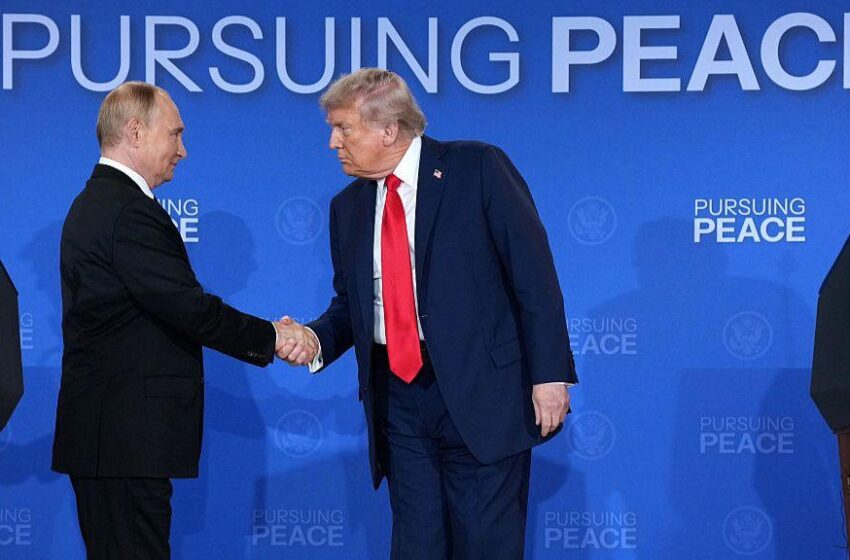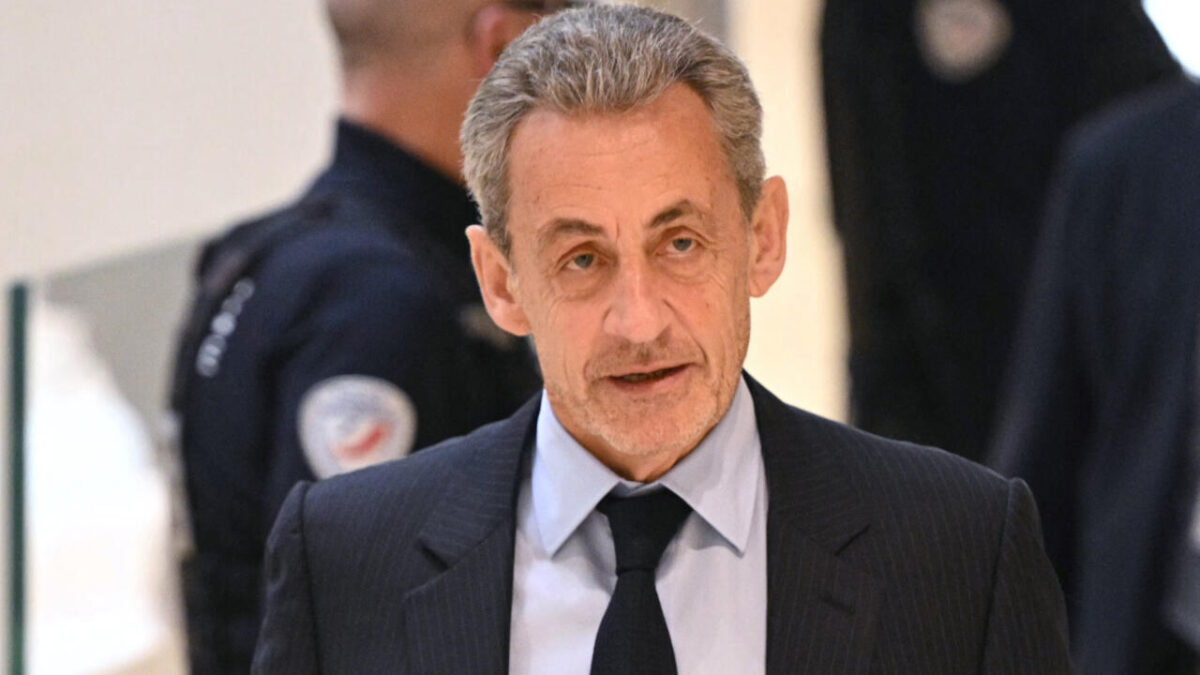Why did US fighter jets intercept Russian planes near Alaska?

President Trump and President Putin during their Alaska summit talks. Photo: Getty Images
U.S. fighter jets were deployed Wednesday to shadow four Russian warplanes near Alaska, the North American Aerospace Defense Command (NORAD) announced Thursday.
According to NORAD, radar detected two Russian Tu-95 bombers accompanied by two Su-35 fighters inside the Alaskan Air Defense Identification Zone (ADIZ) — a section of international airspace where all aircraft must be identified once they approach the edge of sovereign U.S. or Canadian territory.
In response, the command scrambled four F-16s, supported by an E-3 airborne warning and control aircraft and four KC-135 refuelers, to confirm and intercept the Russian planes.
Officials stressed that the Russian aircraft did not cross into U.S. or Canadian sovereign airspace, adding that such activity within the ADIZ occurs regularly and is generally considered non-threatening. “NORAD remains prepared to take a range of defensive measures to safeguard North America,” the statement said.
The encounter unfolded against a backdrop of heightened vigilance in Europe following multiple Russian airspace violations over NATO countries. On Wednesday, European Commission President Ursula von der Leyen warned during a CNN interview that shooting down Russian aircraft that enter NATO skies remains a “serious option.”
“My view is that every square centimeter of our territory must be defended,” she said. “That means if fighter jets intrude after warnings, then, of course, the option of shooting them down is on the table.”
A similar stance was voiced by President Donald Trump during talks with Ukrainian leader Volodymyr Zelensky at the United Nations General Assembly on Tuesday, urging NATO members to be prepared to down Russian jets that breach allied airspace.
FAQ
Q1: Why were U.S. fighter jets deployed near Alaska?
U.S. fighter jets were scrambled after NORAD detected two Russian Tu-95 bombers and two Su-35 fighters entering the Alaskan Air Defense Identification Zone (ADIZ).
Q2: Did the Russian planes violate U.S. or Canadian airspace?
No. The Russian aircraft stayed in international airspace within the ADIZ and did not cross into U.S. or Canadian sovereign territory.
Q3: What is the Alaskan Air Defense Identification Zone (ADIZ)?
The ADIZ is an area of international airspace where all aircraft must identify themselves when approaching U.S. or Canadian airspace for security and defense monitoring.
Q4: How did the U.S. respond to the Russian aircraft?
NORAD deployed four F-16 fighter jets, supported by an E-3 airborne warning and control aircraft and four KC-135 refuelers, to shadow and confirm the Russian planes.
Q5: Is this type of encounter unusual?
No. NORAD officials clarified that Russian military aircraft frequently operate within the ADIZ, and such interceptions are considered routine and generally non-threatening.
Q6: Why is this incident significant now?
The encounter comes amid heightened NATO vigilance in Europe, where Russian aircraft have violated allied airspace. Western leaders, including Ursula von der Leyen and Donald Trump, have stressed the need to defend every inch of NATO territory.


